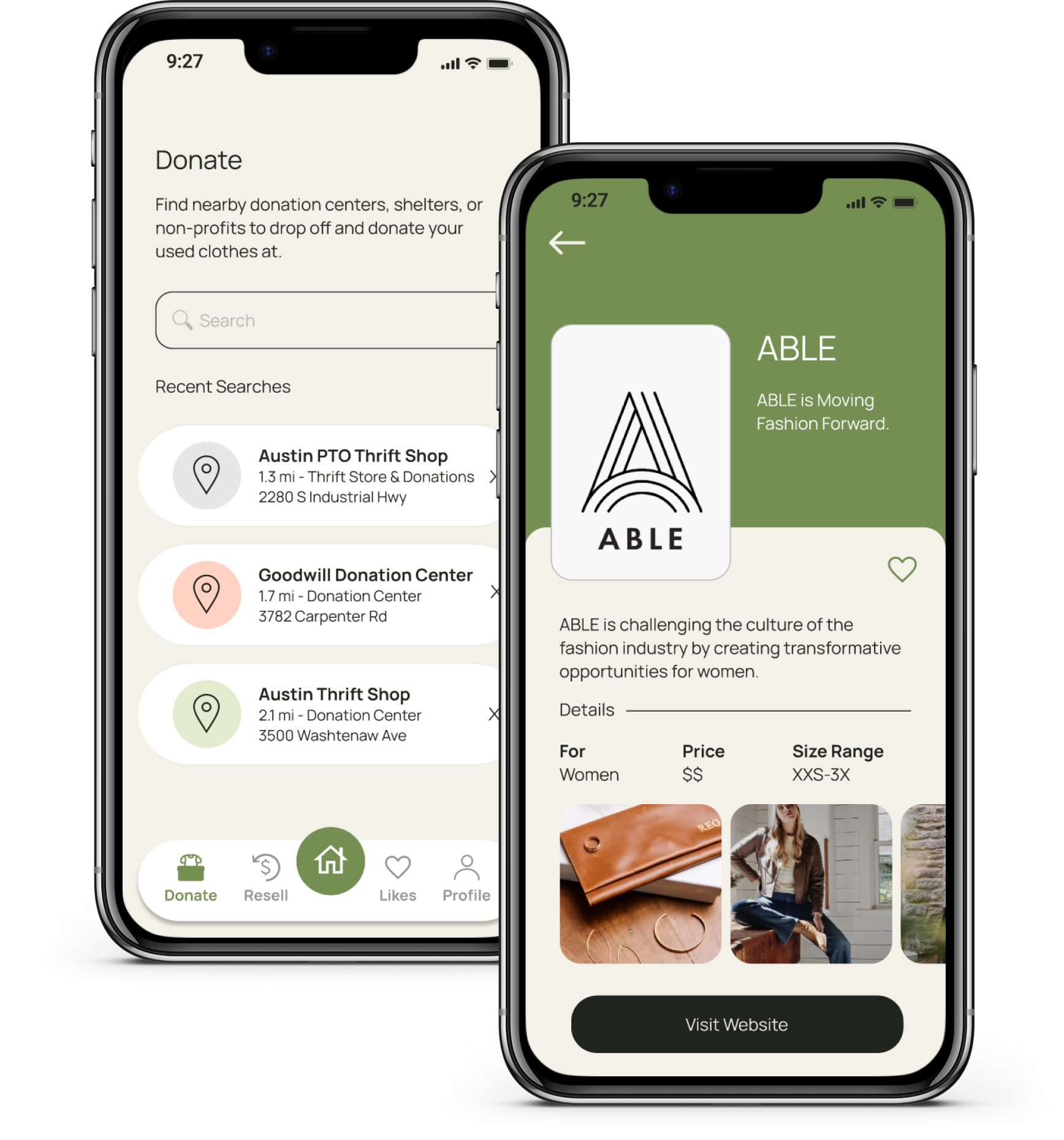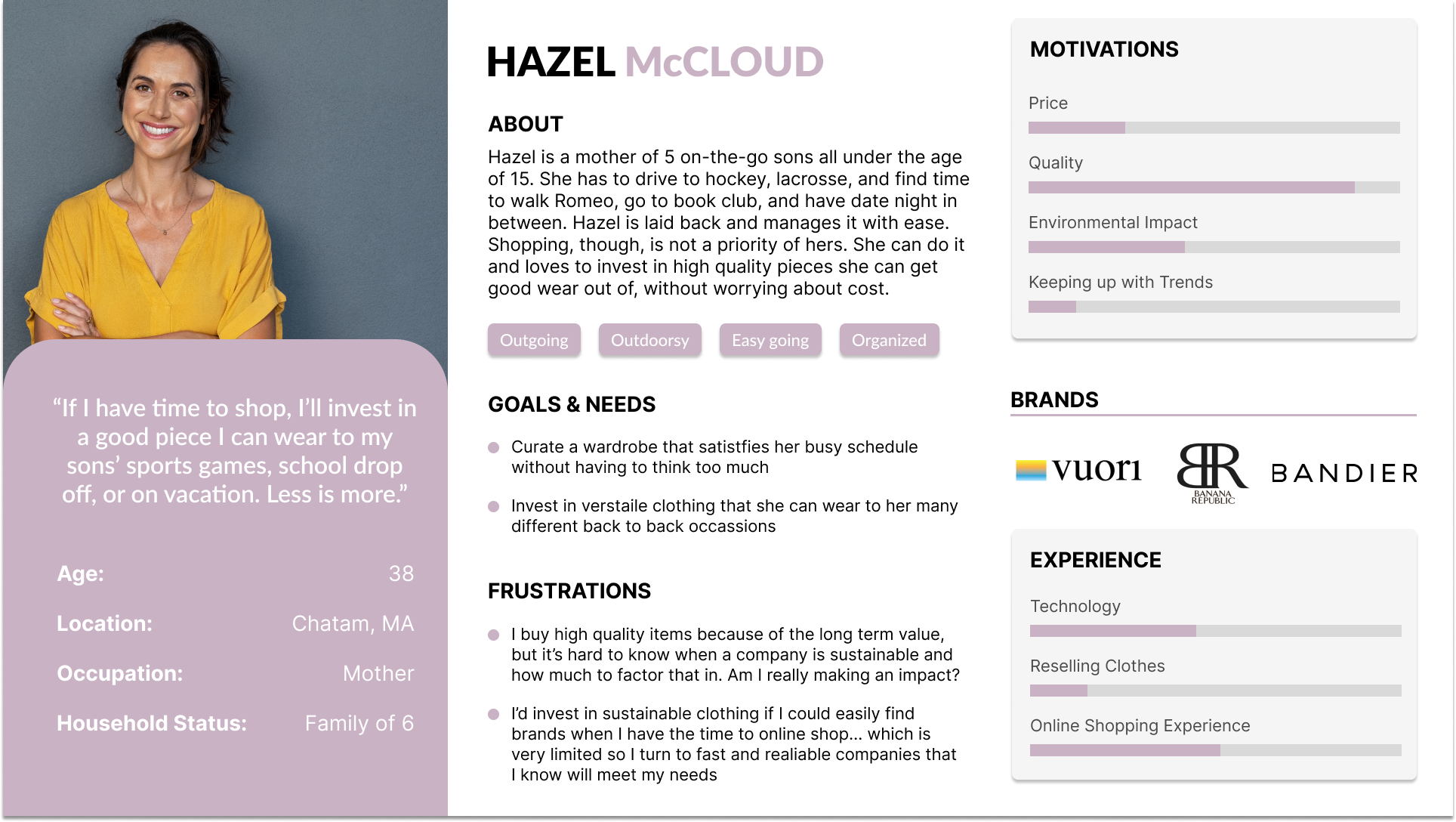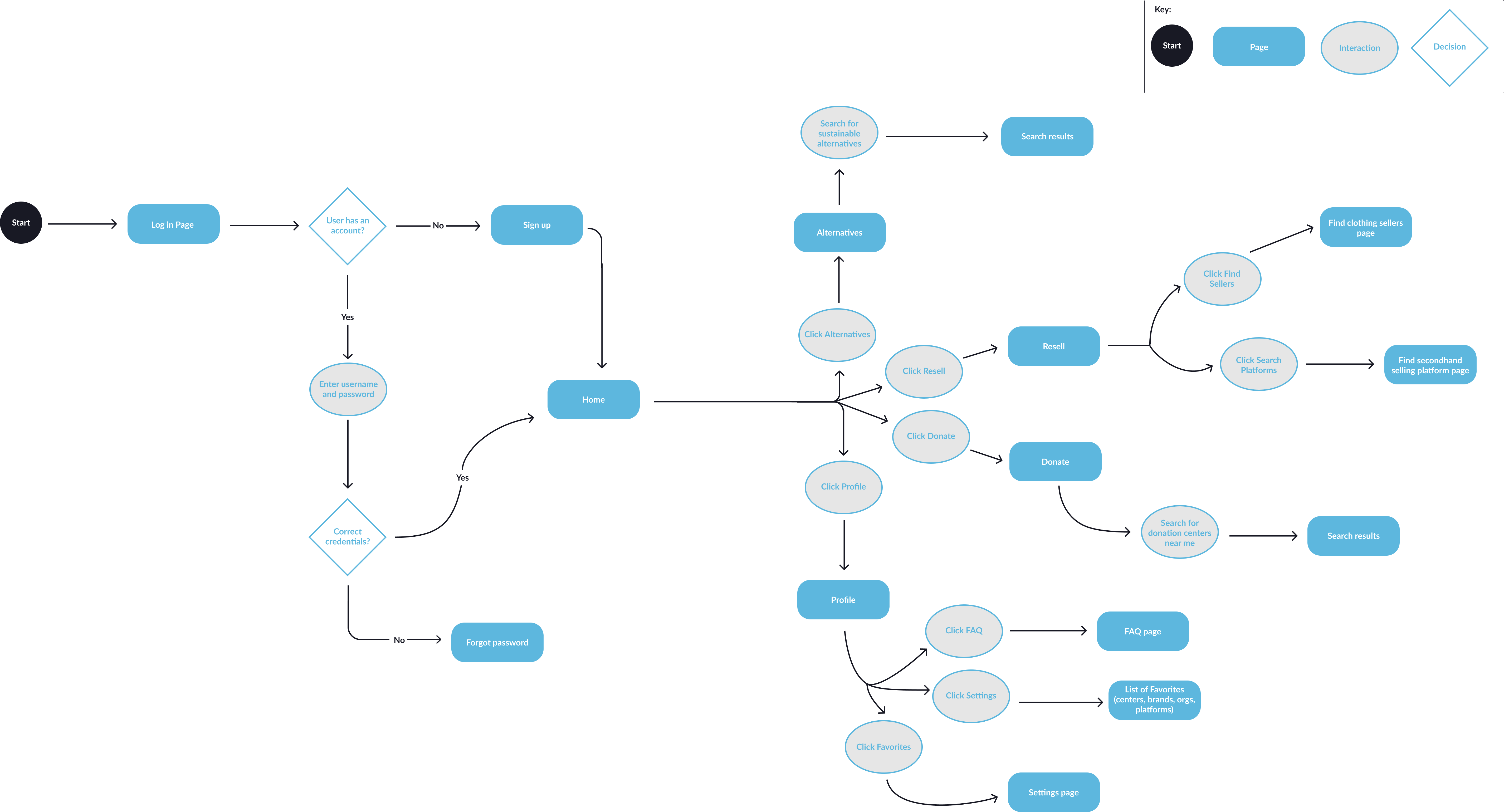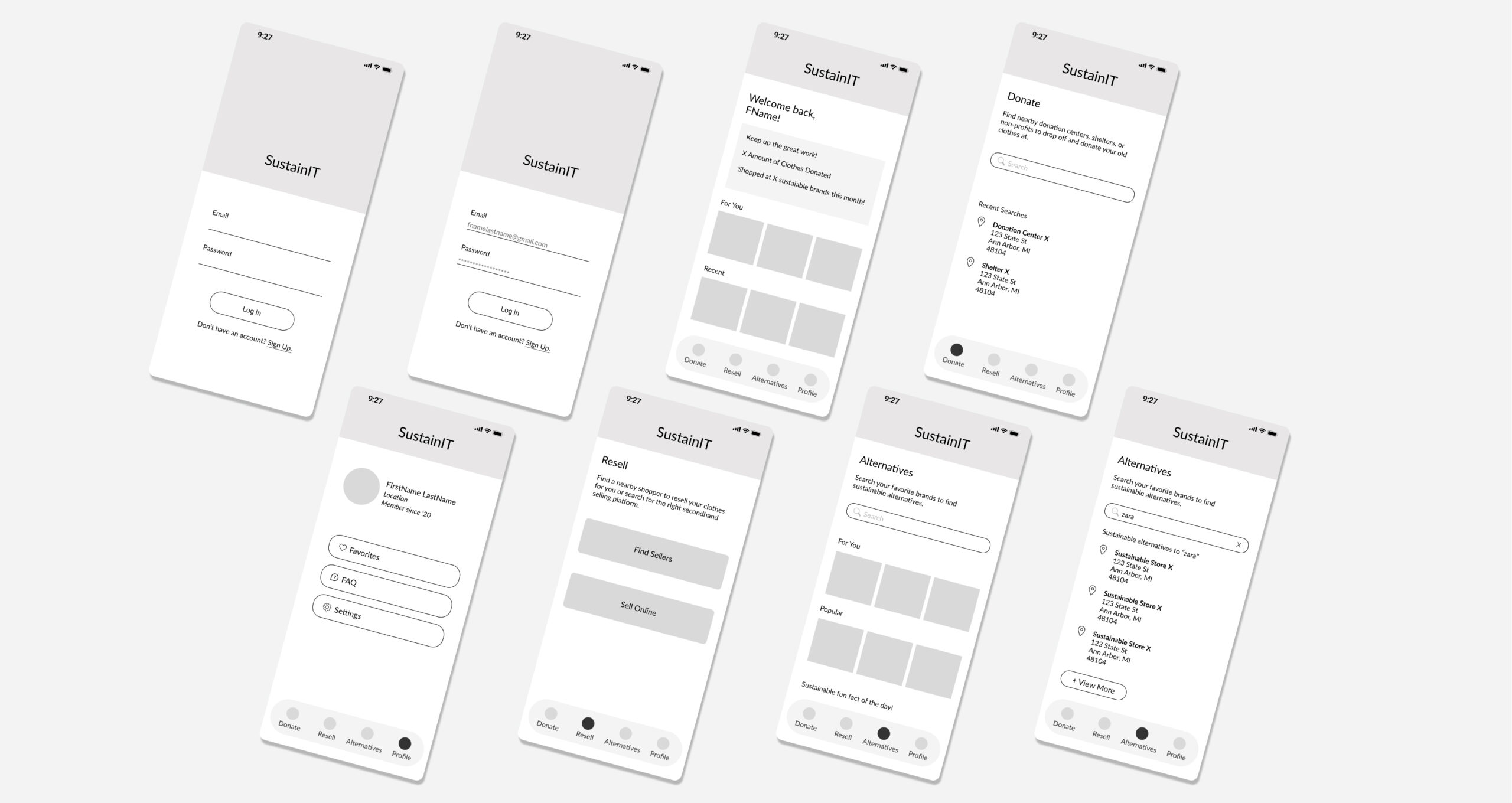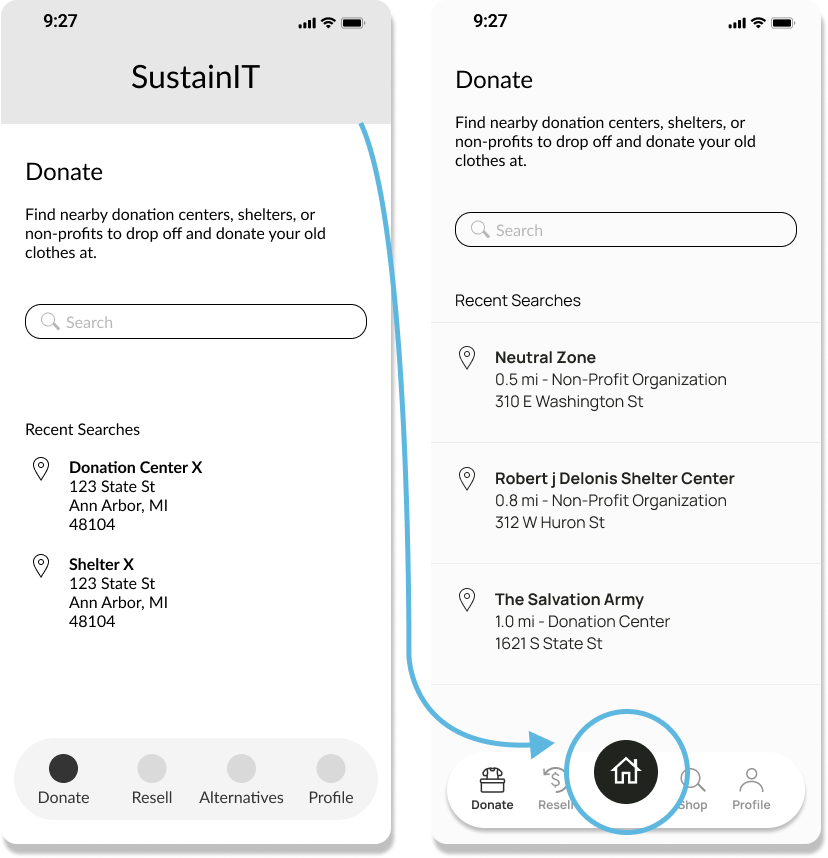Background
Addressing the harmful effects of fast fashion.
Today, the appeal of inexpensive, trendy clothing often overshadows the underlying issues of unfair labor practices, harmful materials, overproduction, and environmental degradation.
SustainIt targets environmentally conscious consumers who face time constraints in sustainable shopping practices. By offering trendy, eco-friendly alternatives, SustainIt aims to transform shopping habits and create a culture of sustainable fashion choices.
